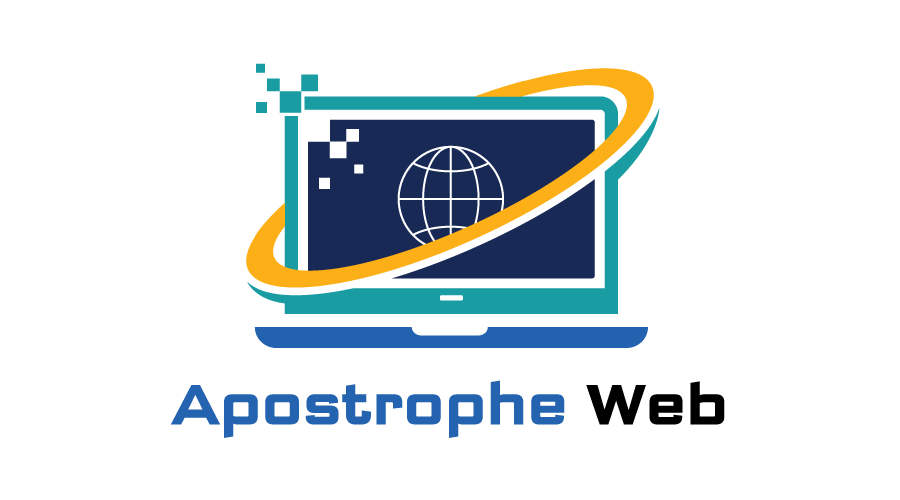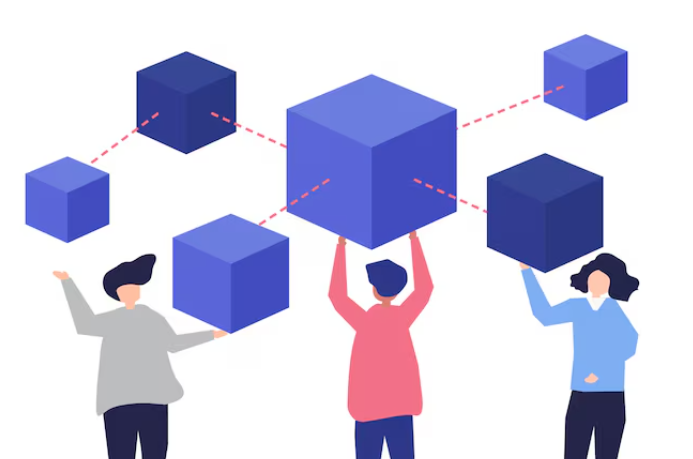Modern applications rely on a wide variety of data sources. A single system might need information from multiple microservices, databases, or external APIs to serve a single request. Traditional methods of integrating these data sources often lead to complex and inefficient systems. GraphQL federation has emerged as a powerful way to orchestrate data fetching from different services, making the process smoother and more efficient. This topic is becoming essential for developers and is often covered in programs like a full stack developer course in Bangalore where learners are introduced to real-world scenarios in distributed systems.
Why Multi-Source Data Fetching Matters
As applications evolve, they rarely depend on one backend system. For example, a shopping platform may need:
- Product details from a catalog service
- User information from an account service
- Reviews from a feedback service
- Payment history from a billing service
Fetching data from each service separately can create multiple challenges. Clients may have to make several network requests, combine responses manually, and deal with inconsistencies in formats. This not only complicates client development but also increases the load on the backend.
GraphQL helps by allowing clients to ask exactly the data they need in a single query. Federation takes it further by enabling multiple GraphQL services to work together as one unified graph.
What is GraphQL Federation?
GraphQL federation is a pattern that allows different GraphQL services to be merged into a single data graph. Instead of building one giant GraphQL server that connects to everything, federation encourages dividing responsibilities into smaller subgraphs. Each subgraph is managed by a service that specialises in a domain.
A central gateway sits at the front and orchestrates queries across these subgraphs. To the client, it looks like a single GraphQL schema, but behind the scenes, data may come from many services.
Benefits of GraphQL Federation
- Decoupled Services: Teams can build and manage their own GraphQL subgraphs without interfering with others.
- Unified Schema: Clients see a single schema and don’t need to worry about which service provides which data.
- Scalability: Each subgraph can scale independently.
- Simpler Clients: Clients send one query and receive exactly the data they need, regardless of how many services are involved.
Challenges in Multi-Source Fetching
While federation simplifies things for clients, orchestrating multi-source data fetching has its own difficulties:
- Query Planning: The gateway must figure out which subgraph should handle which part of the query.
- Performance: Fetching data from many services can increase latency if not managed well.
- Error Handling: Failures in one subgraph should not break the entire query unnecessarily.
- Data Dependencies: Sometimes one piece of data is needed before another can be fetched.
These challenges make orchestration an important part of GraphQL federation design.
How the Gateway Orchestrates Data
The central gateway in a federation performs several steps to orchestrate multi-source queries:
- Parsing: The gateway receives the query and parses it.
- Planning: It builds a query plan that decides which subgraph will provide each field.
- Execution: The gateway sends sub-queries to the relevant subgraphs.
- Stitching: Responses from subgraphs are merged into a single result for the client.
This process must be optimized to reduce latency and avoid duplicate work.
Techniques for Efficient Orchestration
- Batching: Grouping similar requests to reduce the number of network calls.
- Caching: Storing frequently accessed results at the gateway.
- Parallel Fetching: Running independent sub-queries at the same time instead of one after the other.
- Deferred Queries: Allowing non-critical data to be delivered later so the client gets faster responses.
These techniques help improve both speed and reliability in a federated setup.
Real-World Example
Imagine a social media app. When a user opens their profile page, the app may need:
- Profile details from the user service
- Posts from the content service
- Followers from the social graph service
- Notifications from the alerts service
With federation, the gateway breaks down the query into pieces and sends them to each service. The results are then stitched together and returned as one unified response. From the client’s perspective, it feels like the data came from a single place, even though it was orchestrated across many.
This kind of setup is complex but powerful, which is why learning platforms such as a full stack developer course often emphasize practical exercises that involve working with multiple services and understanding orchestration.
Best Practices in Multi-Source Orchestration
- Design Clear Boundaries: Define which subgraph is responsible for which part of the schema.
- Optimize Query Plans: Keep track of how queries are executed and make adjustments.
- Monitor Performance: Use tracing tools to identify slow subgraphs.
- Graceful Error Handling: Ensure one failing service doesn’t block the entire response.
- Schema Governance: Have a process to maintain consistency across subgraphs.
Following these practices ensures a reliable system that can scale as more services are added.
The Future of Federation
GraphQL federation is still evolving. New tools and libraries are making it easier to manage query planning, caching, and monitoring. Advances in serverless and edge computing may also improve federation performance by running parts of the graph closer to the client.
In the future, we can expect federations to handle even more complex multi-source scenarios, including mixing data from cloud services, machine learning models, and third-party APIs.
For developers, this means more opportunities to build rich and scalable applications. Many advanced training programs, such as a full stack developer course in Bangalore, already include federation topics because companies are adopting them at a rapid pace.
Conclusion
Orchestrating multi-source data fetching is at the heart of GraphQL federation. By allowing multiple services to work together under one unified schema, federation simplifies life for clients while giving backend teams flexibility. The gateway plays a key role by planning, executing, and combining queries across subgraphs.
While challenges like latency, dependencies, and error handling exist, they can be managed with techniques like batching, caching, and parallel execution. With proper planning, federations can scale to support even the most demanding applications.
For developers, learning these concepts is not only valuable but essential. As applications continue to depend on multiple sources of data, the ability to manage federations will be a highly sought skill. Programs that teach system design and distributed architectures, like a full stack developer course, give learners the confidence to build and manage such complex systems. By mastering orchestration in GraphQL federation, developers can ensure their applications remain fast, reliable, and ready for the future.
Business Name: ExcelR – Full Stack Developer And Business Analyst Course in Bangalore
Address: 10, 3rd floor, Safeway Plaza, 27th Main Rd, Old Madiwala, Jay Bheema Nagar, 1st Stage, BTM 1st Stage, Bengaluru, Karnataka 560068
Phone: 7353006061
Business Email: enquiry@excelr.com

